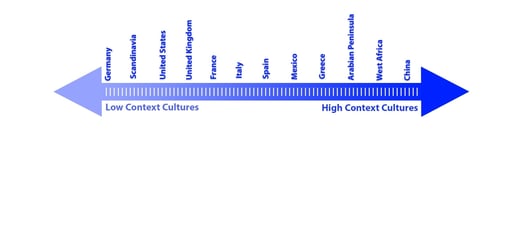Leaders’ beliefs and actions significantly shape the culture and morale of the organization. Employees often take their emotional cues from leadership—when a leader is calm, optimistic, and focused, it fosters confidence and stability within the team. Conversely, when a leader is negative or stressed, employees can become disengaged, impacting morale and performance.
As leaders, we influence the atmosphere in which our people work. Early in my career I learned this lesson from my CEO – one that I have carried with me and repeated many times. I arrived at work one morning with a sour face, walking past my CEO as I headed to my office. He stopped me in my tracks to ask me what was going on. I remember being surprised, but to this day, I couldn’t tell you why I was in a bad mood. He told me that unless I put a smile on my face, I shouldn’t be at the office. What? He went on to tell me that as the CHRO of the company, employees looked at me for the temperature – if I was in a bad mood they may assume something negative is going on at the company. I heard what he said and put a smile on my face.
I heard a similar message recently, phrased a little differently, on an episode of AB Talks! with Anas Bukhash and his guest Mel Robbins. Mel commented, “Leaders bring the weather at your company. If you’re frustrated and stressed out, guess what the weather is in your company.”
This brought me right back to the lesson from so many years ago and how that played in my head any time there was a real issue. That same company made a decision to capitalize on the value we created over the years by pursuing a sale. This was a stressful time for the executive team as we worked through the due diligence process. I am normally chatty with my team and regularly communicate on initiatives and projects. Since I was bound by confidentiality for the pending sale, I put a smile on my face every day and kept up a positive front. When we finally announced the sale and I could share information with my team, they said that they knew something was going on as I had been quieter than normal for months. But they also said that they trusted I would tell them what was going on when I could.
Leadership is the thermostat, not the thermometer — it sets the environment, not just measures it. When leaders display inconsistent behavior or fail to communicate, they can create a cloudy environment of uncertainty and disengagement among employees. Leaders who foster an environment of distrust or fear, bring a storm of low morale and high turnover. When leaders actively bring the sun by promoting a culture of respect and encouraging open dialogue, they create space for creativity and collaboration to thrive.
5 practical tips for leaders to display focused, consistent behavior that supports employee morale:
- Maintain a Steady Presence – Show up consistently and reliably, both physically and emotionally. This provides a stable environment and, while it can be difficult during a storm, helps keep the team grounded.
- Communicate Clearly and Calmly – Provide consistent messages and updates, even during tough times, to reinforce trust. People will fill in the blanks if you don’t – optimists with positives and pessimists with negatives. So, the message may be that I will share more information when I am able.
- Maintain Self-Control – Manage your reactions thoughtfully; your calm under pressure sets the tone for how others respond to challenges. We all have a personal life that can affect our mood – remember that employees don't have a reference for your tone take their cues from you.
- Follow Through on Commitments – Build credibility by doing what you say you will do—consistency in actions reinforces dependability. I was proud that my team knew that I didn’t keep unnecessary secrets – that I would tell them what was going on when I could.
- Stay Aligned with Core Values – Let your decisions and behaviors reflect your core values and that of the organization to help employees stay grounded and motivated.
Leaders must be mindful that the weather they bring will permeate through all levels of the organization. Ultimately, the beliefs and actions of executive leadership are not just symbolic – they directly affect the emotional and professional well-being of employees and the long-term success of the business.
Today’s forecast… sunny and mild.

Jun 5, 2025 12:12:27 PM





Comments